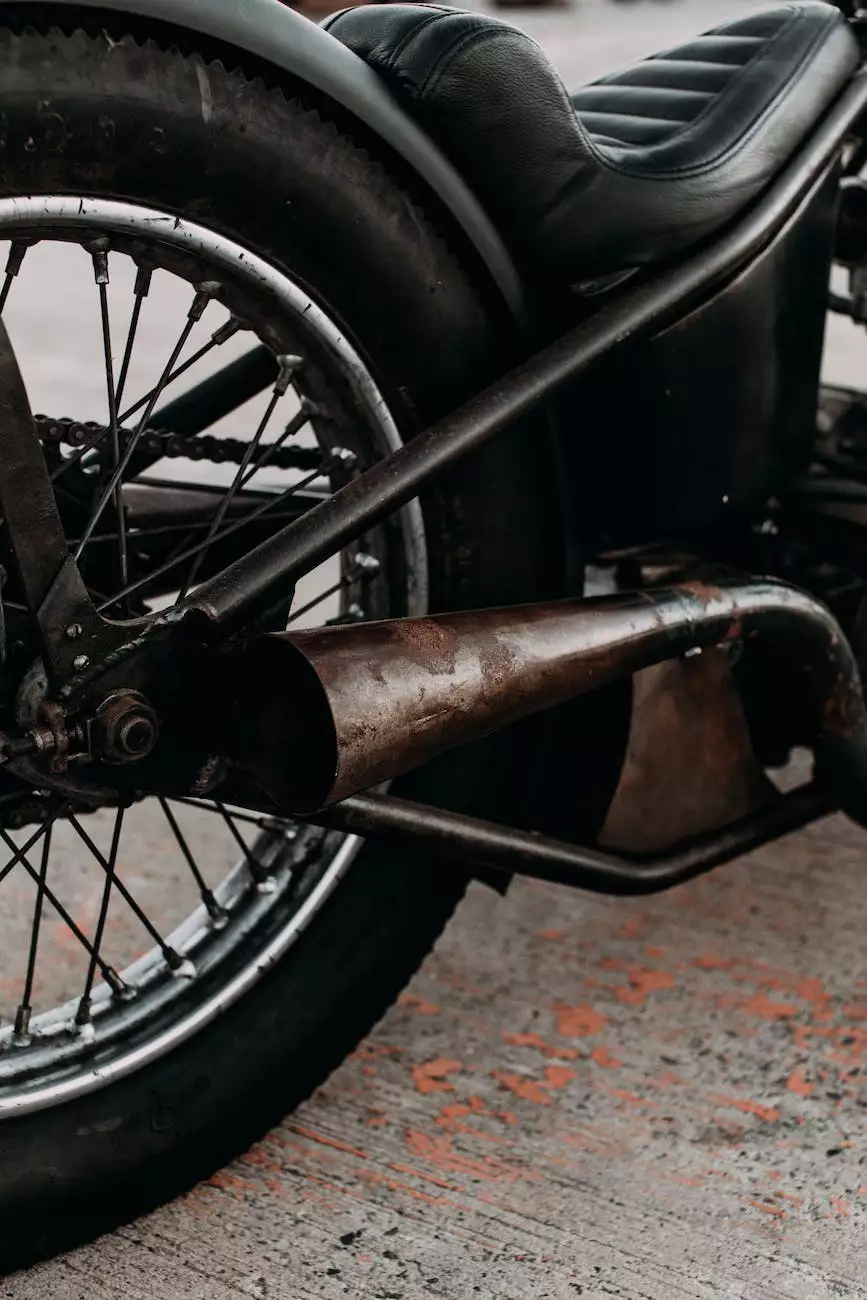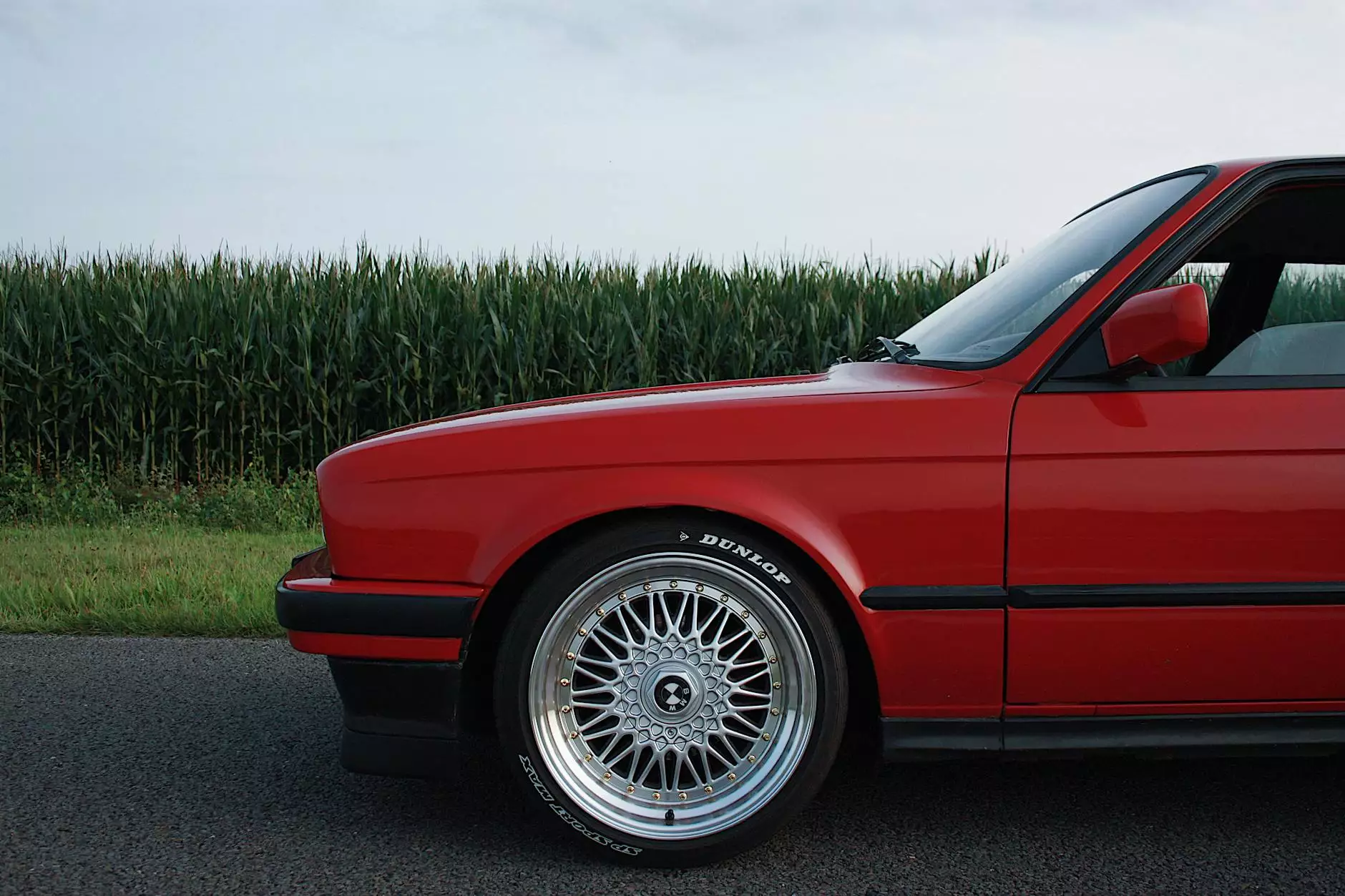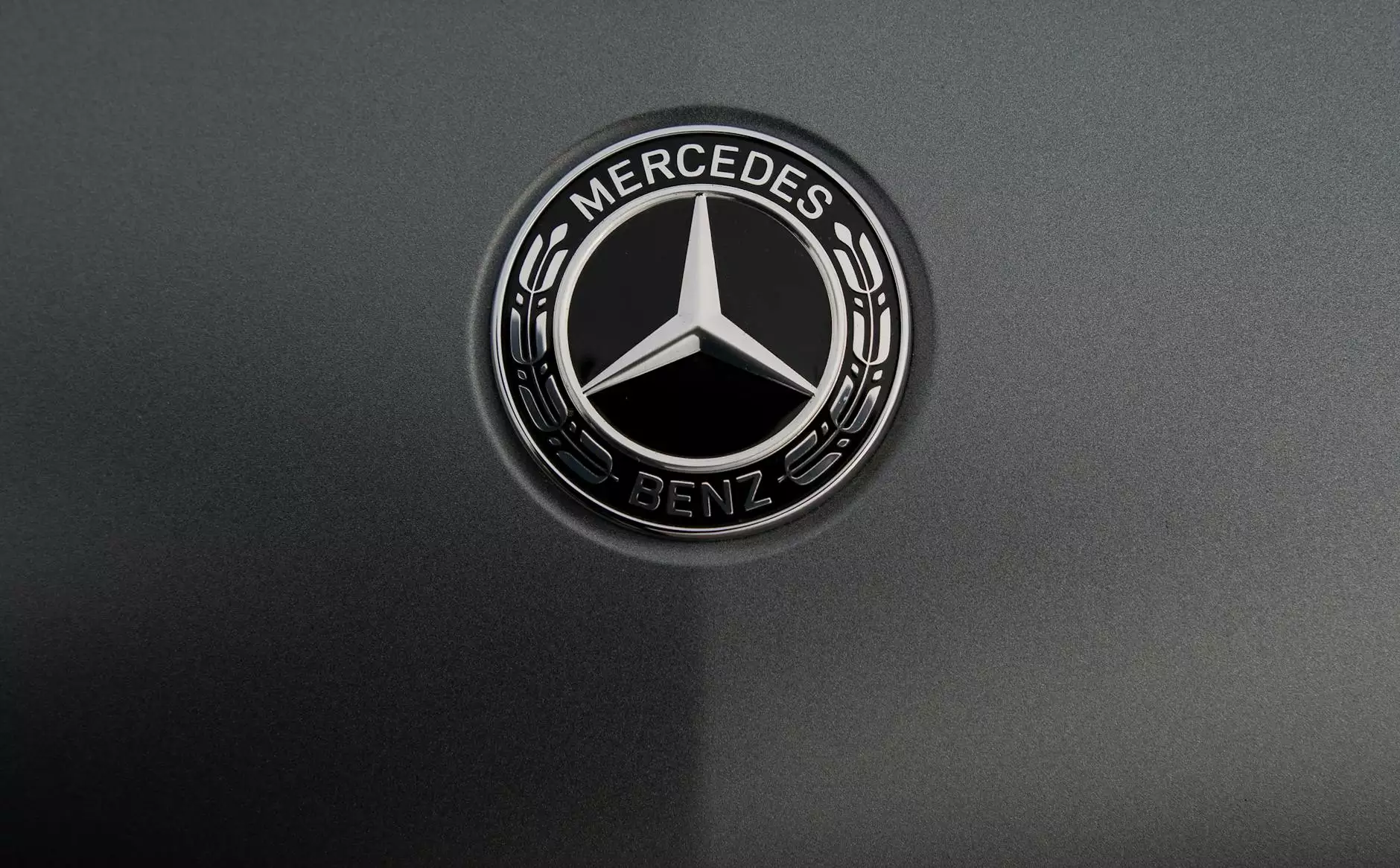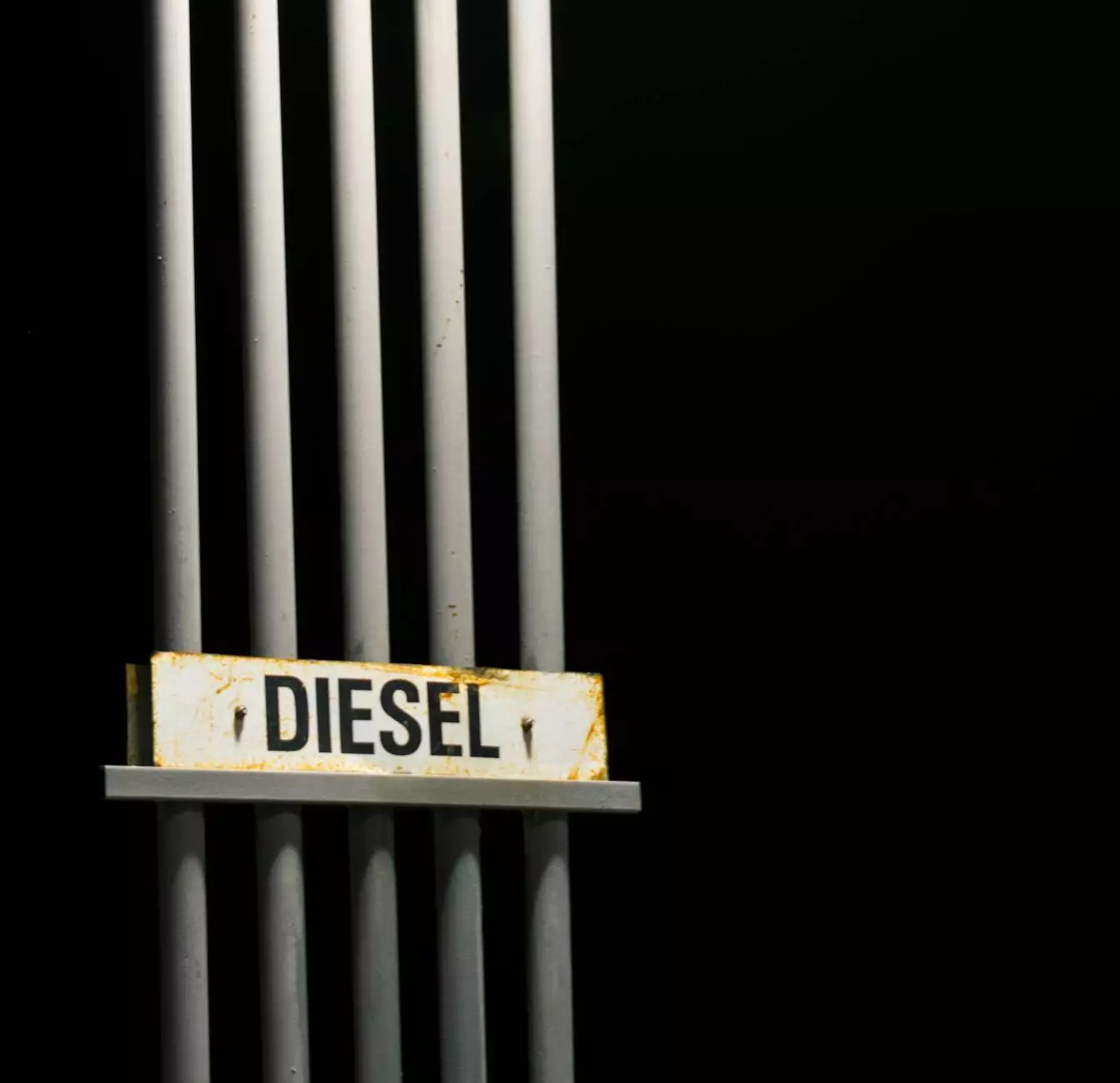Troubleshooting Diesel Engine Hard Starting, Low Power and Exhaust Smoke

Introduction
Welcome to Grafco Electric, your trusted resource for troubleshooting common issues with diesel engines. In this comprehensive guide, we will address the most common problems experienced by diesel engine owners, including hard starting, low power, and excessive exhaust smoke. By understanding the underlying causes and following our detailed troubleshooting tips, you can resolve these issues and ensure optimal performance of your diesel engine.
Understanding Diesel Engine Components
Before we delve into the troubleshooting process, let's familiarize ourselves with the key components of a diesel engine. Understanding how each part functions will help you better identify and resolve potential problems.
Fuel System
The fuel system plays a crucial role in the proper functioning of a diesel engine. It delivers fuel to the cylinders for combustion. Common fuel system components include the fuel tank, fuel pump, fuel injectors, and fuel filters. Any issues with these components can lead to hard starting, low power, or exhaust smoke.
Air Intake System
The air intake system supplies air to the engine for the combustion process. It consists of an air filter, turbocharger (in some engines), intercooler (in turbocharged engines), and intake manifold. Problems with the air intake system can affect engine performance and lead to the symptoms we are addressing.
Engine Compression
Engine compression refers to the pressure created within the cylinders during the combustion process. Insufficient or uneven compression can result in hard starting and reduced power output. Various factors, such as worn piston rings or faulty cylinder head gaskets, can contribute to compression issues.
Troubleshooting Hard Starting
Are you struggling to start your diesel engine? Hard starting can be caused by several factors, so it's important to systematically identify the root cause. Follow these steps to troubleshoot and resolve the issue:
Step 1: Check the Battery
A weak or faulty battery can make starting difficult. Inspect the battery for any signs of damage, corrosion, or low charge. If necessary, clean the battery terminals and connections and recharge or replace the battery.
Step 2: Inspect the Glow Plugs
Glow plugs preheat the air in the combustion chamber to facilitate ignition. Check the glow plugs for proper functioning. Faulty glow plugs can cause hard starting. Replace any defective glow plugs as needed.
Step 3: Examine the Fuel System
The fuel system can cause hard starting if it is clogged or if there is air in the fuel lines. Check the fuel filters for blockages and replace if necessary. Ensure the fuel lines are free from leaks and properly primed. It's also advisable to check the fuel injectors for any issues.
Step 4: Verify the Compression
Low compression can hinder the starting process. Perform a compression test to assess the condition of your engine's cylinders. If compression is low or uneven, professional assistance may be required for further diagnosis and repair.
Troubleshooting Low Power
Experiencing a decrease in power output from your diesel engine? Follow these troubleshooting steps to identify and rectify the issue:
Step 1: Check the Air Intake System
An obstructed or dirty air intake system can restrict airflow and result in reduced power. Inspect the air filter for dirt, debris, or clogs. Clean or replace the air filter as necessary. Additionally, check the intake manifold for any leaks or cracks.
Step 2: Inspect the Turbocharger
If your diesel engine is equipped with a turbocharger, examine its condition. A faulty turbocharger can lead to decreased power output. Look for any signs of leaks, excessive shaft play, or irregular noises. Promptly address any turbocharger issues to restore optimal engine performance.
Step 3: Review the Fuel System
The fuel system can impact power delivery. Check the fuel filters, fuel pump, and injectors for any problems. Replace clogged filters, malfunctioning pumps, or faulty injectors to improve fuel flow and restore power.
Troubleshooting Exhaust Smoke
If you notice excessive exhaust smoke from your diesel engine, it's essential to address the underlying issue promptly. Use the following troubleshooting steps to resolve the problem:
Step 1: Identify Smoke Color
The color of the exhaust smoke can provide valuable insights into the root cause. Blue smoke indicates oil burning, white smoke suggests coolant leaking into the combustion chamber, and black smoke signifies excess fuel or incomplete combustion. Identifying the smoke color will aid in determining the next steps.
Step 2: Assess the Fuel System
An imbalanced or malfunctioning fuel system can lead to excessive black smoke. Check for clogged fuel filters, incorrect fuel timing, or faulty injectors. Properly maintain and calibrate the fuel system components to ensure correct fuel delivery.
Step 3: Inspect the Cooling System
White smoke can indicate coolant leakage. Inspect the cooling system for any leaks or damaged components. Address any coolant-related issues promptly to prevent engine damage.
Step 4: Examine the Oil System
Blue smoke is often caused by oil burning. Check for faulty piston rings, valve seals, or worn-out cylinders. Repair or replace the affected components to prevent further oil consumption and blue smoke emissions.
Conclusion
Grafco Electric is your go-to resource for troubleshooting diesel engine issues, including hard starting, low power, and exhaust smoke. By following our comprehensive guide, you can successfully identify and resolve these common problems, ensuring efficient and reliable performance of your diesel engine. Remember, proper maintenance and prompt repairs are key to keeping your engine running smoothly for years to come.










